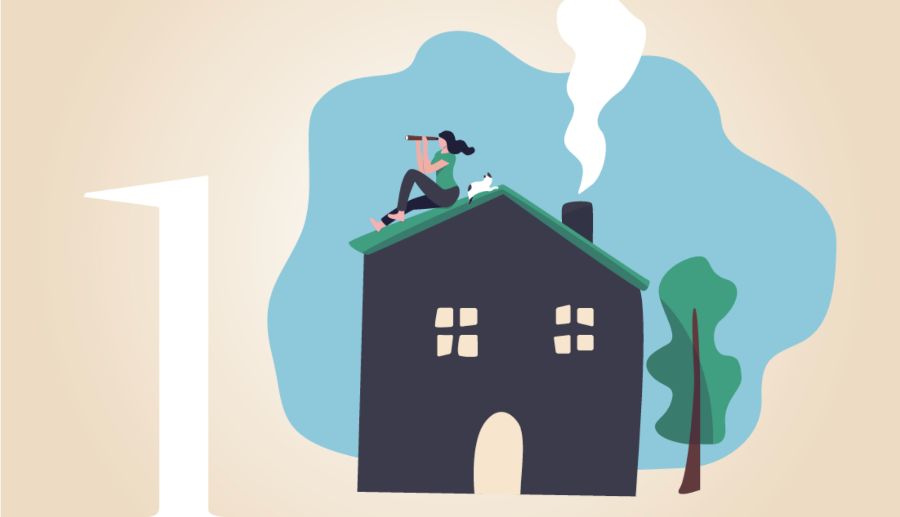Gregory Heym is Chief Economist at Brown Harris Stevens. His weekly series, The Line, covers new developments to the economy, including trends and forecasts. Read on for the latest report and subscribe here to receive The Line in your inbox.
Today, we look at the state of the U.S. housing market, and tell you which day of the year makes people the sickest.
Existing Home Sales Fell Again in July
To nobody’s surprise, sales of existing homes fell 2.2% last month, and were 16.6% lower than a year ago. Low inventory and high mortgage rates have been depressing sales since last year, and July was no different. Here are the other highlights of NAR’s report:
- There were 14.6% fewer homes for sale than a year ago, and only half as many as before Covid.
- At the current pace of sales, there is only a 3.3-month supply of homes out there, so it remains a strong seller’s market.
- The median price of existing homes rose 1.9% over the past year to $406,700.
To sum up the market for existing homes:
- There are nowhere near enough homes for sale.
- This has driven prices up at a time when mortgage rates have surged.
- Sales will continue to suffer until those problems change.
New Home Sales Rose 4.4% in July
Yep, housing is a tale of two markets right now: new and existing homes. Both are being hurt by high mortgage rates, but inventory is a different story. While there is just a 3.3-month supply of existing homes for sale, that figure is 7.3 months for new homes. The basic laws of economics tell us that prices go down the more you have of something, which will eventually attract more buyers to your product.
That is certainly happening in the market for new homes. The median price of a new home was 8.7% lower in July than a year ago, which helped fuel a 31.5% jump in sales during that time. So, just like buyers who can’t find a home in one neighborhood will look at other options, buyers who can’t get an existing home are flocking to new ones.
Mortgage Rates Reach Their Highest Level Since 2001
According to Freddie Mac, the average rate for a 30-year conforming mortgage rose to 7.23% this week, its highest level since June 2001. I spoke about why rates are rising when inflation is coming down in last week’s column, but in case you missed it, here’s what I said:
It’s great the economy is doing better than most of us expected, but that also means prospects for future inflation have gone up. Remember that 30-year rates are not based on today’s inflation, but future inflation expectations. Early in 2023, markets expected a recession in the second half of this year, and mortgage rates fell to just over 6% in early February. The improving outlook for economic growth has been pushing rates up ever since.
August 24 is the "Sickest Day of the Year"
A new study by the leave management platform Flamingo found that August 24 is the day of the year when the most workers call in sick. Guess I can’t argue with that, since while I was writing this column—on August 24—I was home sick. For those who are interested, here are the top 10 sickest days of the year:
- August 24th
- February 13th
- October 25th
- December 15th
- April 18th
- February 2nd
- January 24th
- June 26th
- December 12th
- September 5th
- December 12th
- September 5th



